Sea | Ocean | Big Water Safety
Big Water safety is a topic that needs attention. Accidents happen. These accidents often result in two safety related stages of aid.
- Rescue: Extricating/rescueing persons and recovery of boats & paddles.
- First Aid: Taking care of wounds and injuries.
Two of the most ocurring problems on big water are hypothermia and getting seperated from your kayak. Hypothermia occurs when wet, wind, and cold overwhelms the body’s ability to produce and to retain heat. Hypothermia can arise from a several minute unpredicted rescue in cold water; from days of rainy, cool conditions.
The first step is to be prepared for these occasions, with both tools and knowledge.
Preparation starts by checking rescue- and first aid kits whilst your still able to replenish your necessities. Make sure you know how to use the kits. Practise your rescue techniques and know how to find things in your first aid kit. When you are ready to board, check for any known health issues within the group that can cause complications during the trip. Also check if all boats have adequate buoyancy blocks & air bags. Last but not least, agree on signals to use in an emergency situation. Whilst on the water, kits need to be easily accessible. Make sure kits are strategically located within the group. The most experienced paddlers are likely to be able to help first when things go wrong.
Open Water Safety Gear
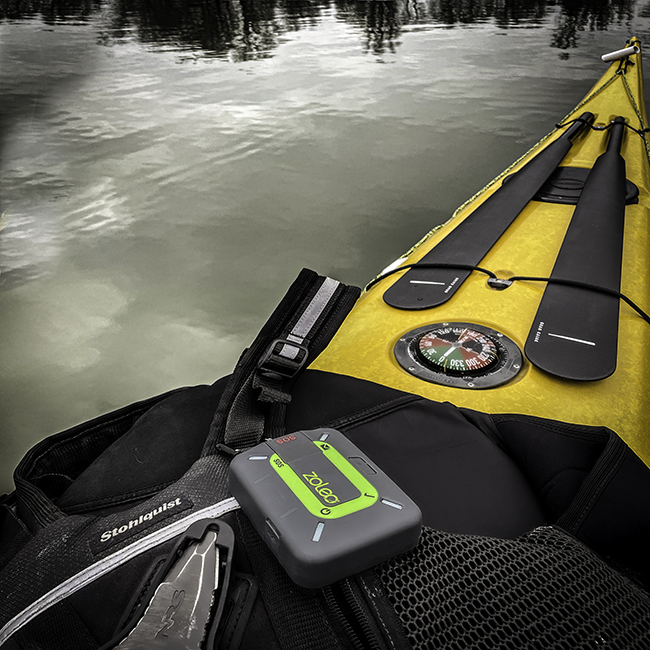
Kayak
Make certain you have the right kayak for the trip!
Check usability, security and strength of grab-handle and deck lines. Make sure that the kayak will float when full of water by adding adequate airbags or compartments. Check all screws, bolts, footrest and/or bulkhead. Ensure that your spray skirt has a pull-cord for release and is a tight fit.
Life Jacket
Wear a CE-approved buoyancy aid when on or near the river, check its floatation and make sure it is in good condition and the correct fit. Ensure all buckles and zips are fastened.
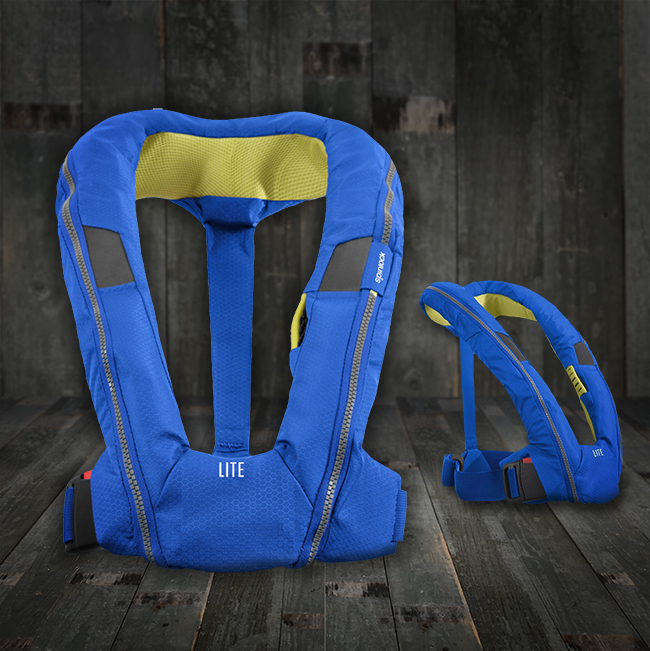
I use the Spinlock Deckvest LITE Lifejacket, with Chest Pack for all non-whitewater activities, like sea-kayaking, sup boarding, fishing and such. These are very compact, low profile and lightweight vests. They have a one buckle closure/release. Due to there narrow profile, they will not interfere with a paddling or fishing motion. The neoprene neck panel adds to very comfortable fit and wear.
These are very easily converted to manul operation using the Manual Conversion Kit. After all, you do not want the lifejacket to inflate every time you roll your kayak or fall of a SUP-board. After this conversion, the lifejacket operates on simple 33g CO2 Cylinders, which are readily available. No rearming kit needed!
The Chestpack is a very well designed, non obstructive, add-on to pack some snacks, a whistle and what not.
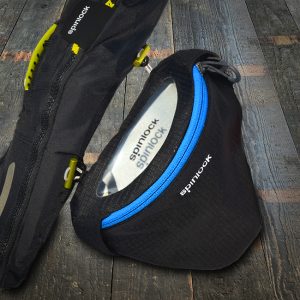
Hand Bearing Compass V-Finder

I use the Autonautic Hand Bearing Compass ‘V-Finder’. This compass has a unique ergonomic and ambidextrous (left and right handed) design, made from a soft feel material that won’t slip when wet. It is very durable, shock resistant and needs no functional maintenance. The V-Finder is as basic as can be with two main functional elements: the rotating dial and the memory/course ring. No fuss big water navigation at it’s best (at a very affordable price)!
Ultrasonic Portable Mini Wind Meter
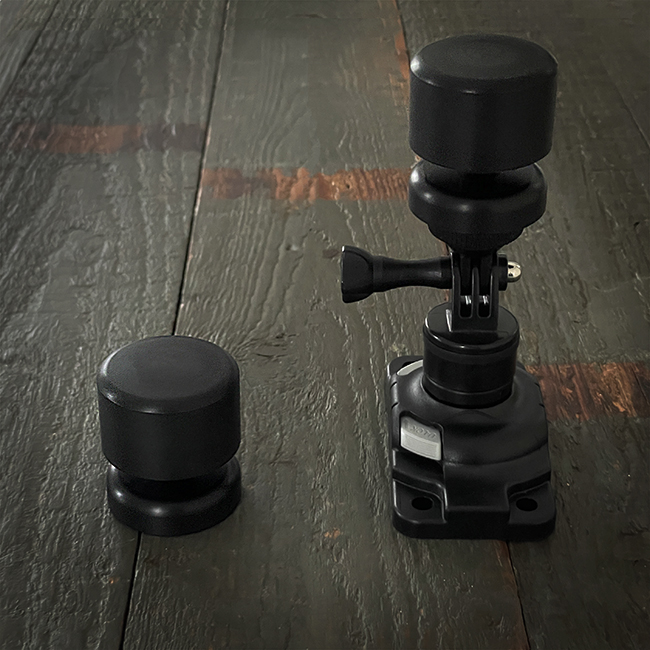
This the Ultrasonic Portable Mini wind meter made by Calypso Instruments. A bluetooth, rechargeable ultrasonic windmeter, with a mere 40mm diameter, weighing 78 grams. It’s rated IPx8, so rolling a kayak is no problem. A 1.4 female thread ensures mounting on any tripod compatible device. A 1.4 male screw comes included. I use the wind meter (in combination with my Vaaka Paddle Cadence Sensor) to interpret training results, but mainly for navigation purposes.
For navigation, different kinds of speed can be measured and calculated in different ways. This wind meter registers both wind speed and direction (without the use of moving parts). These are the wind related parameters to combine when navigating open waters:
- AWS (Apparant Wind Speed) is the actual speed and direction of the wind blowing as experienced when moving/paddling. (This is what the wind meter actually measures.)
- TWS (True Wind Speed) is the actual speed and direction of the wind blowing as experienced when stationary. (Calculated by subtracting the kayak’s speed from the AWS.)
Due to the low speed of a kayak, the difference between the AWS and TWS will usually be negligible.
I advice to use the AWS, as this is what the device actually measures.
- Then there is AWA (Apparant Wind Angle) related to the direction of kayaking. (This is what the wind meter actually measures.)
- The TWA (True Wind Angle) the actual wind direction. (Calculated by combining the direction of the kayak and the direction of the AWA).
The last element is the Speed of your kayak. (Calculated by connected GPS.)
The wind meter comes with a wireless charger supplying a full (internal) battery with plenty of power to paddle all day. It communicates wireless with your phone which can calculate and combine the measurements with GPS data plotted on a (Google) map and many other nice-to-haves. Calypso offers a free app for navigation purposes.
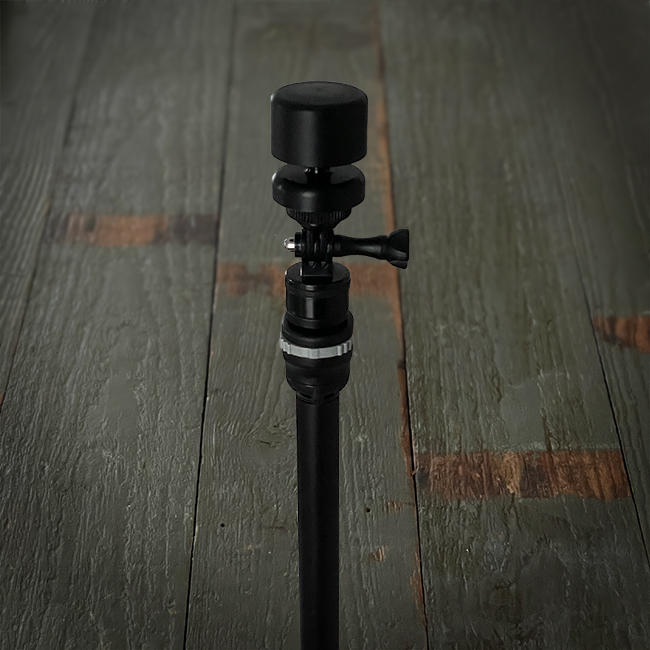 Mounted on my Railblaza Kayak Visibility Kit pole. | 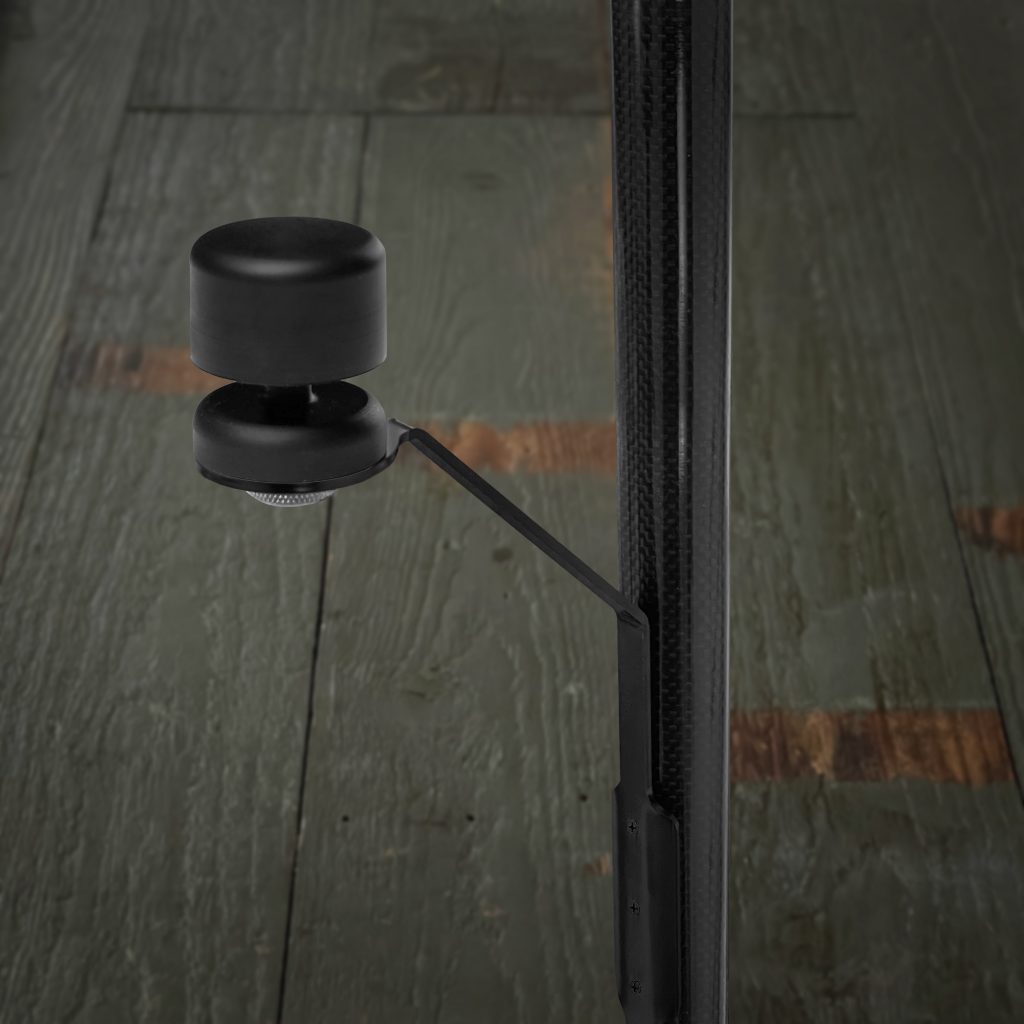 Mounted on the Calypso mast bracket. |
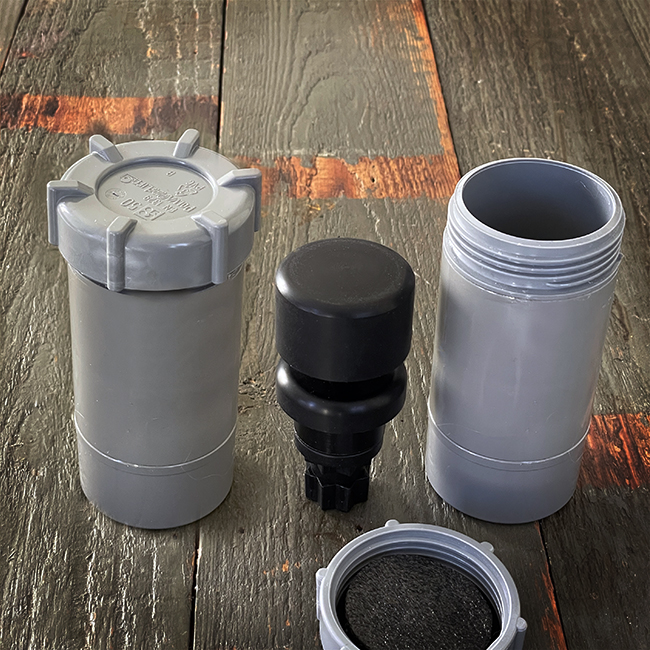 |
| The storage tubewhich I made using PVC piping. |
